When shopping for new bedding accessories, you may come across two popular fabric choices - Lyocell and Modal. These fabrics have gained popularity recently due to their softness, durability, and sustainability. But what exactly sets them apart, and what makes them so beloved by consumers?
In this article, we will compare Lyocell and Modal in detail, highlighting their similarities and differences so you can make an informed decision when choosing between the two.
What is Lyocell?

Lyocell is the brand name for a type of lyocell, a fiber made from the wood pulp of trees, primarily eucalyptus. Creating Lyocell involves dissolving wood pulp through a special eco-friendly method renowned for its minimal environmental impact. This method recycles almost all the water and solvents used, making Lyocell a standout example of sustainable fabric production.
Lyocell flat sheets are known for their natural breathability, moisture-wicking properties, and smooth texture, making them extremely comfortable to wear or sleep on. Because of its strength and durability, Lyocell is also favored for its long-lasting wear. Its softness and eco-friendly production process are central to the Lyocell definition and appeal to those looking for comfortable, sustainable textile options.
What is Modal?
Modal is a type of rayon fabric derived from the cellulose of beech trees. The process of producing Modal involves spinning reconstituted cellulose from beech trees, which is known for its efficiency and low environmental impact.
Modal fabric is celebrated for its incredible softness, smooth texture, and high durability. It is often compared to cotton but is more breathable and moisture-wicking, making it an excellent choice for everyday wear and bedding. The modal fabric meaning encompasses comfort, sustainability, and lasting quality. Its versatility and eco-friendly features meet the rising consumer demand for luxurious, sustainable textiles.
Lyocell vs Modal: A Comparison

Here is a detailed comparison of the key features of Lyocell and Modal:
1. Material
So what material is Lyocell and Modal made of? Lyocell is produced from the pulp of eucalyptus trees. Its highly sustainable production process utilizes a closed-loop system that recycles water and solvents.
On the other hand, Modal is made from the cellulose of beech trees and is known for its efficient and eco-friendly production method. While both products are derived from wood pulp, the type of trees they originate from and their manufacturing processes differentiate them.
Lyocell emphasizes its eco-friendly production, with a focus on reducing environmental impact. Modal, although also sustainable, is prized for its extraordinary softness and durability, stemming from the unique properties of beech tree cellulose.
2. Softness and Comfort
Both Lyocell and Modal are renowned for their exceptional softness, which makes them highly sought after for use in bedding and clothing. However, subtle differences can be observed if we ignore their tactile qualities.
With its smooth fibers, Lyocell offers a silk-like feel that is gentle and cooling against the skin, making it particularly appealing for bedding products to enhance sleep quality. Its moisture-wicking properties also contribute to this comfort, keeping the skin dry and comfortable throughout the night.
Modal is renowned for its exceptional softness, surpassing even Lyocell. It offers a luxurious, plush feel akin to cotton but with improved breathability and moisture control. Modal fabric is preferred for garments worn close to the skin, such as underwear and activewear, where comfort and softness are paramount.
3. Durability and Care
Both Lyocell and Modal are highly durable fabrics, thanks to their origins from strong wood fibers. Lyocell boasts remarkable durability, attributed to its strong fibers that resist thinning, pilling, and tearing. This resilience makes Lyocell an excellent investment for bedding and clothing, as it maintains its integrity and softness even after repeated washing and use.
Modal stands out for its durability. It is less prone to shrinking and fading than traditional cotton, which preserves the fabric’s color and texture over time. Furthermore, Modal's flexibility contributes to its longevity, allowing it to stretch without losing shape. This resilience to physical and chemical wear makes Modal a practical choice for everyday essentials that must withstand constant use and frequent laundering.
4. Cost
When comparing the cost of Lyocell and Modal fabrics, especially in products like bedding, there's a noticeable difference driven by their production complexities and market positioning.
Lyocell products typically fall into a higher price range due to their eco-friendly, water-conserving production process and the additional benefits of durability and moisture-wicking properties. On the other hand, while offering comfort and sustainability benefits, Modal is generally more affordable due to its slightly more straightforward manufacturing process and materials sourcing.
Lyocell sheets are often found in the price range of $100 to $250, reflecting their premium quality and eco-friendly production. Modal sheets, offering softness and comfort at a slightly lower sustainability benchmark, are typically priced between $50 and $150. These price ranges vary based on brand, quality, and product features.
5. Sustainability
Despite both Lyocell and Modal being eco-friendly options, there are differences in their sustainability profiles that might influence a consumer’s choice.
Lyocell stands out for its groundbreaking closed-loop production process, where up to 99% of the water and solvents are recycled. This method greatly reduces waste and environmental impact, positioning Lyocell as a leader in eco-friendly textiles. Eucalyptus trees for Lyocell are grown on non-arable land without irrigation or pesticides, boosting its eco-credentials.
Modal also prioritizes resource efficiency in production. Derived from beech trees that naturally regenerate, it minimizes the need for extensive replanting and ecosystem disruption. Modal production conserves water and energy, emitting fewer pollutants than traditional cotton. Though sustainable, it's perceived as less advanced compared to Lyocell.
Which Fabric is Right for You?
Choosing between Lyocell and Modal ultimately depends on your personal preferences and priorities. If environmental sustainability ranks high on your list, Lyocell may be the more appealing option due to its advanced eco-friendly production methods. It's particularly suitable for environmentally conscious people who wish to minimize their ecological footprint. Lyocell 's cooling effect and moisture-wicking properties also make it ideal for bedding and clothing intended to offer comfort in warmer conditions.
On the other hand, Modal might be the better choice if your focus is on unparalleled softness and durability for everyday wear. Its plush, cotton-like feel against the skin makes it a favorite for garments that require direct skin contact, such as undergarments and activewear. The fact that Modal maintains its texture and color through frequent washes adds to its appeal, making it a practical choice for daily essentials.
For those who value sustainability and comfort, making a direct choice between Lyocell and Modal could be challenging. Both fabrics offer unique advantages that cater to different needs and preferences. Considering the fabric's intended use is crucial. For intimate wear, prioritize softness, while Lyocell's cool touch and eco-friendliness could offer more advantages for bedding.
Lyocell and Modal represent a step towards more sustainable bedding and textile choices. Consumers can enjoy the benefits of eco-friendly materials by opting for either fabric. Fostering awareness about textiles' production process and environmental impact can also guide more informed decisions, aligning with individual values and lifestyle preferences.
Conclusion
Lyocell and Modal are two highly sought-after fabrics known for their eco-friendliness, softness, durability, and versatility. With sustainability becoming a growing concern in the textile industry, both fabrics offer responsible choices without compromising quality. By choosing products made from these fabrics, consumers can enjoy the benefits of eco-friendly materials while supporting more sustainable practices.
Whether you choose Lyocell or Modal, both fabrics represent a step towards more responsible and comfortable textile choices. You can buy confidently, knowing that your purchases align with your values and contribute to a more sustainable future. Moreover, you can shop for high-quality Lyocell-based products from Souver Home. Be it duvet covers or Lyocell fitted sheets, our range of bedding products can elevate your bedroom experience while being environmentally conscious.
With SouverHome, you can sleep soundly, knowing you've made a responsible choice for yourself and the planet. Browse our bedding products today and positively impact the environment without compromising comfort.
FAQs
1. What is Lyocell Fabric Made of?
Lyocell fabric is made from cellulose in wood pulp, primarily derived from sustainably grown eucalyptus trees. Through an innovative, eco-friendly process, the pulp is dissolved in a non-toxic solvent, spun into fibers, and then woven into fabric. This method highlights Lyocell's commitment to environmental sustainability by utilizing renewable resources and a closed-loop system that recycles water and solvents.
2. Is Lyocell Fabric Toxic?
No, Lyocell fabric is non-toxic and considered safe for the environment and human health. The production process uses a non-toxic solvent that is 99% recycled, and no harmful chemicals or pesticides are used in growing the eucalyptus trees.
3. Is Modal Better than Cotton?
Modal is often considered superior to cotton due to its softness, durability, and eco-friendly production process. Modal is derived from beech trees, which require less water, energy, and land than traditional cotton. Also, the modal maintains its color and texture through frequent washing, making it a longer-lasting choice than cotton. However, due to its moisture-wicking properties, cotton may be more suitable for certain applications, such as intense physical activity or hot weather.
4. How Can I Care for Lyocell Fabric?
Lyocell fabric is relatively low maintenance and easy to care for. It can be machine-washed in cold or warm water and tumble-dried on low heat. However, avoiding fabric softener is recommended, and opt for a gentle detergent to maintain its softness and durability. Moreover, Lyocell fabric is prone to wrinkling, so remove it promptly from the dryer and fold or hang it immediately to prevent creasing.
5. Is Modal and Lyocell the Same?
No, Modal and Lyocell are not the same fabrics; the difference lies in the production process and the type of wood used. Modal is made from beech trees, while Lyocell can be produced from various woods, including eucalyptus and bamboo. Also, Lyocell is eco-friendly with a closed-loop production system, whereas Modal needs a chemical process to break down fibers for fabric production.
6. What is the Downside of Modal Fabric?
Environmental Concerns: The production of Modal involves chemical processes that can impact the environment negatively unless carefully controlled and managed.
Shrinkage Risk: Care is needed in washing and drying Modal fabric, as it has a tendency to shrink under improper care.
Wrinkle Prone: Modal can easily wrinkle, necessitating regular ironing or steaming to maintain a smooth appearance.

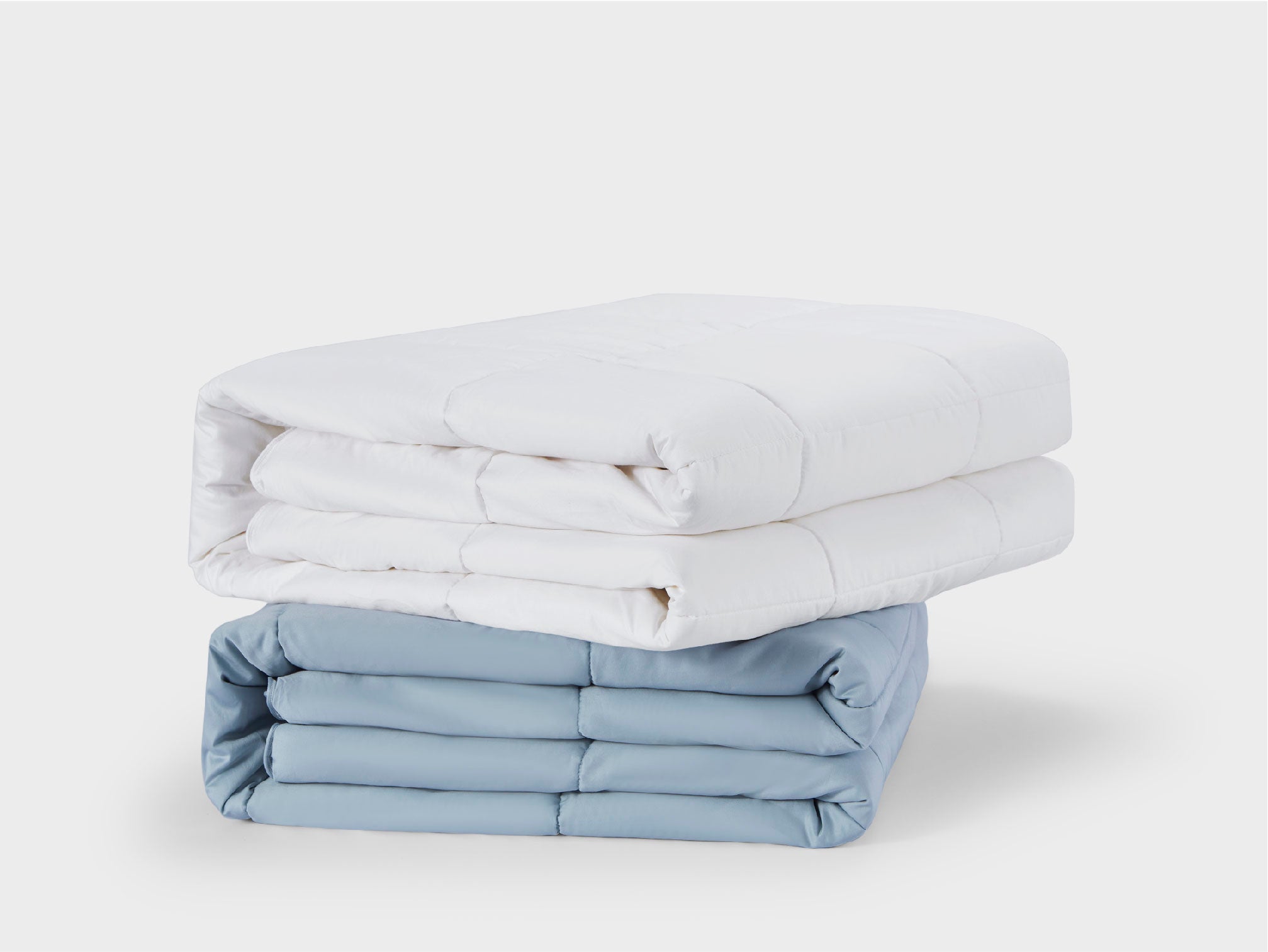
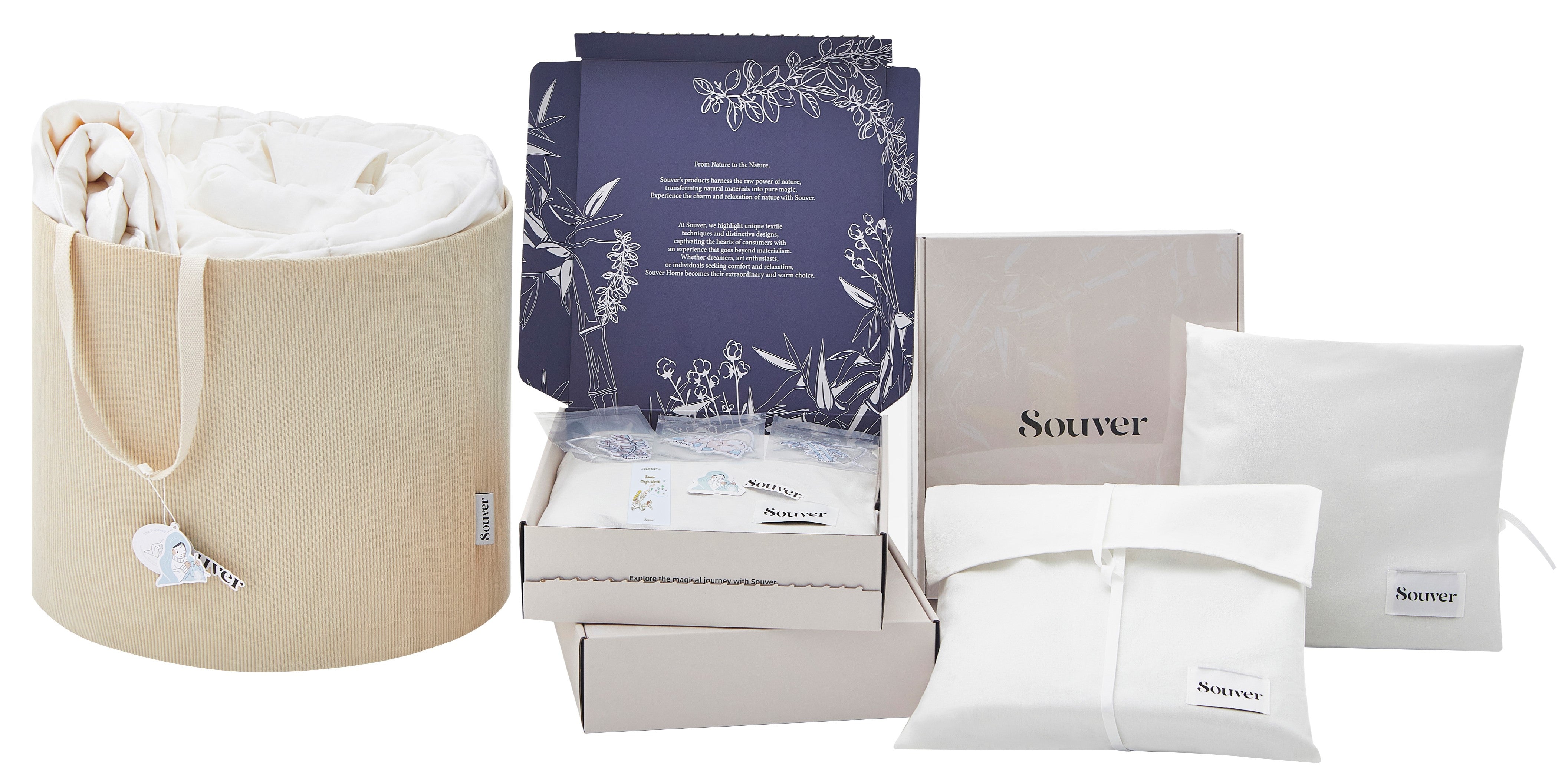


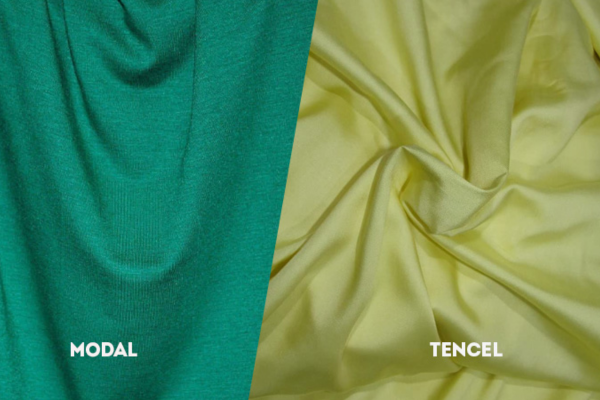
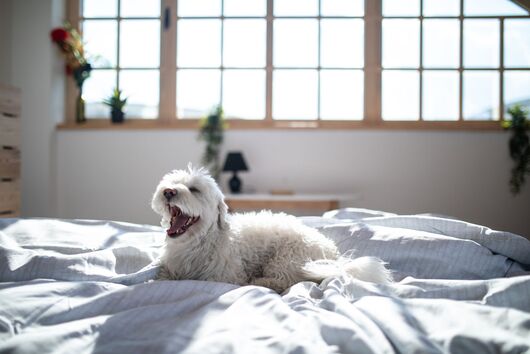
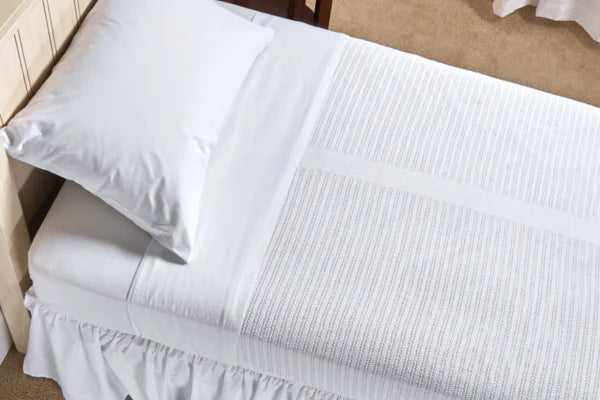
留言
此網站已受到 hCaptcha 保護,且適用 hCaptcha 隱私政策以及服務條款。